Orangutans are known to use leaves as tools, using them for purposes like making rain hats and leakproof roofs over their sleeping nests, or as gloves when handling prickly fruits and branches.
Orangutans are highly intelligent and exhibit advanced tool use and distinct cultural patterns in the wild.
Orangutans are known for their distinctive reddish-brown hair, unlike the gorillas and chimpanzees which have black hair.
There are three species of orangutans: the Bornean, the Sumatran, and the Tapanuli. They were recognized as distinct species in 2017.
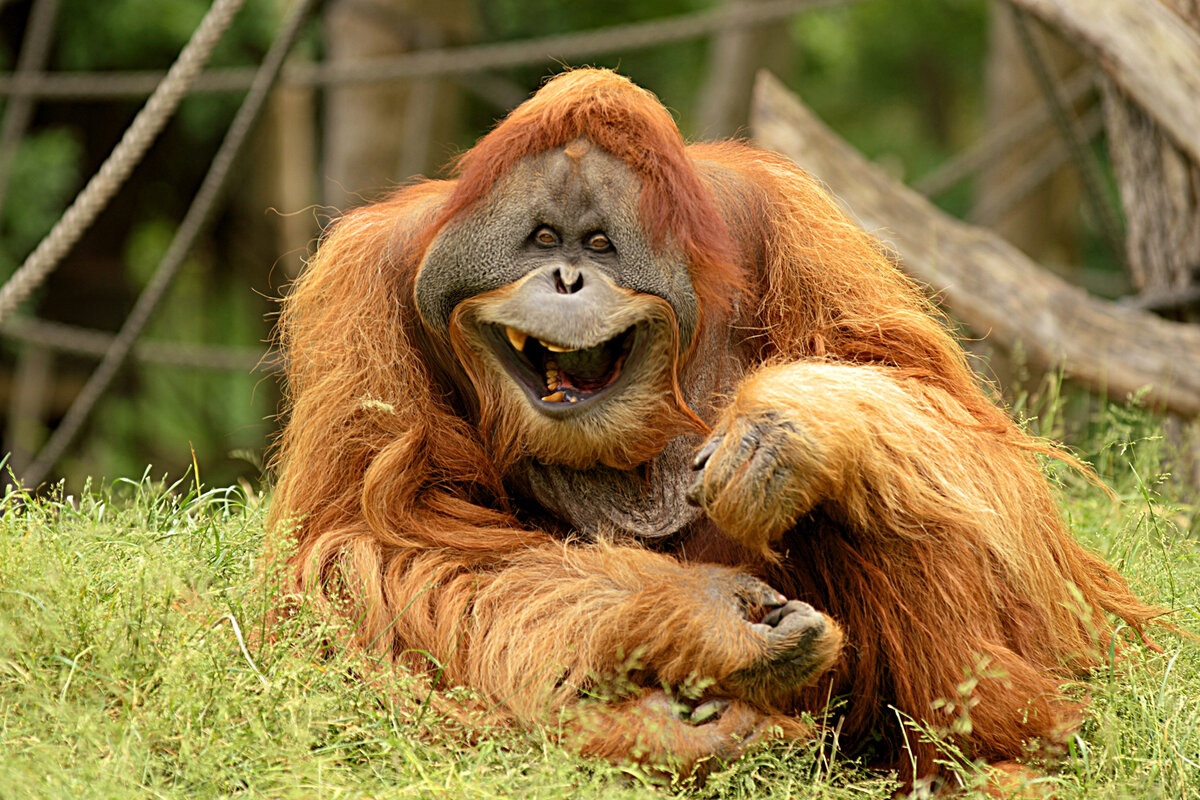
Each species of orangutan is endangered or critically endangered, mainly due to habitat loss from logging and palm oil plantations.
Female orangutans typically give birth to one baby at a time, and the babies stay with their mothers for up to eight years, learning how to survive in the forest.
Orangutans have a unique sound called “long call,” which is a series of roars often used by males to locate females or warn off other males.

Orangutans are great apes native to the rainforests of Borneo and Sumatra.
Their diet primarily consists of fruit, along with leaves, bark, flowers, insects, and on rare occasions meat.
Orangutans have a lifespan of around 30-40 years in the wild and can live over 60 years in captivity.
The name “orangutan” comes from the Malay words “orang hutan,” which mean “man of the forest.”
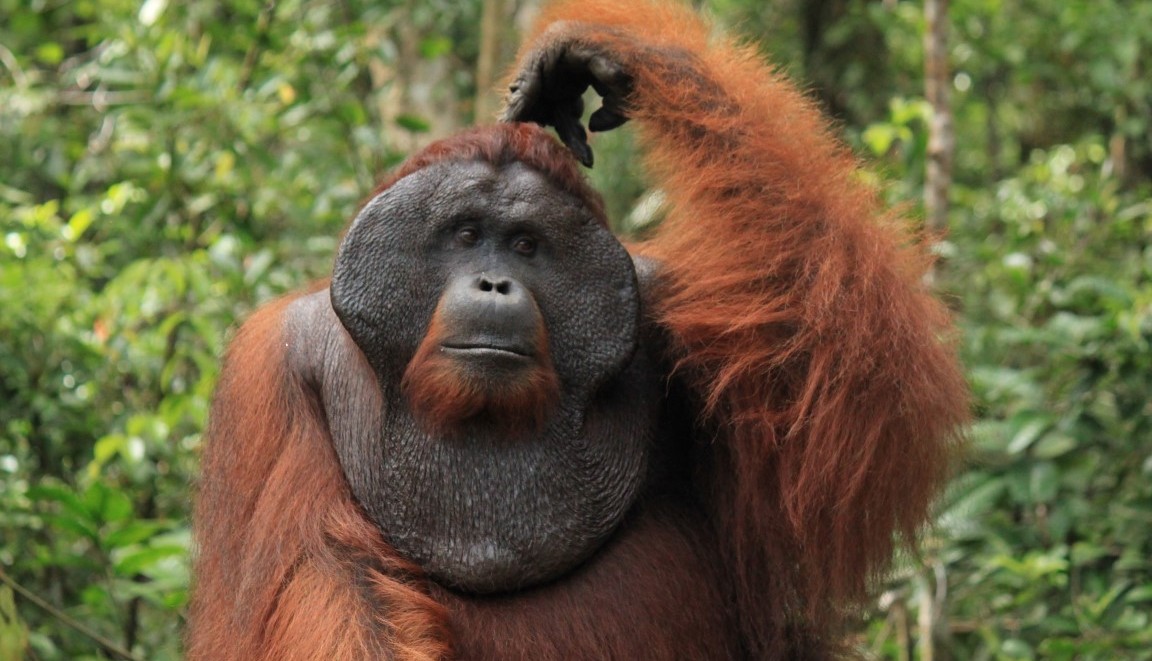
They are the only great apes found outside of Africa.
Orangutans are known to make a nighttime nest out of vegetation for sleeping, and they often make a new one each night.
Orangutans are semi-solitary in the wild, unlike other high order primates which are usually social.
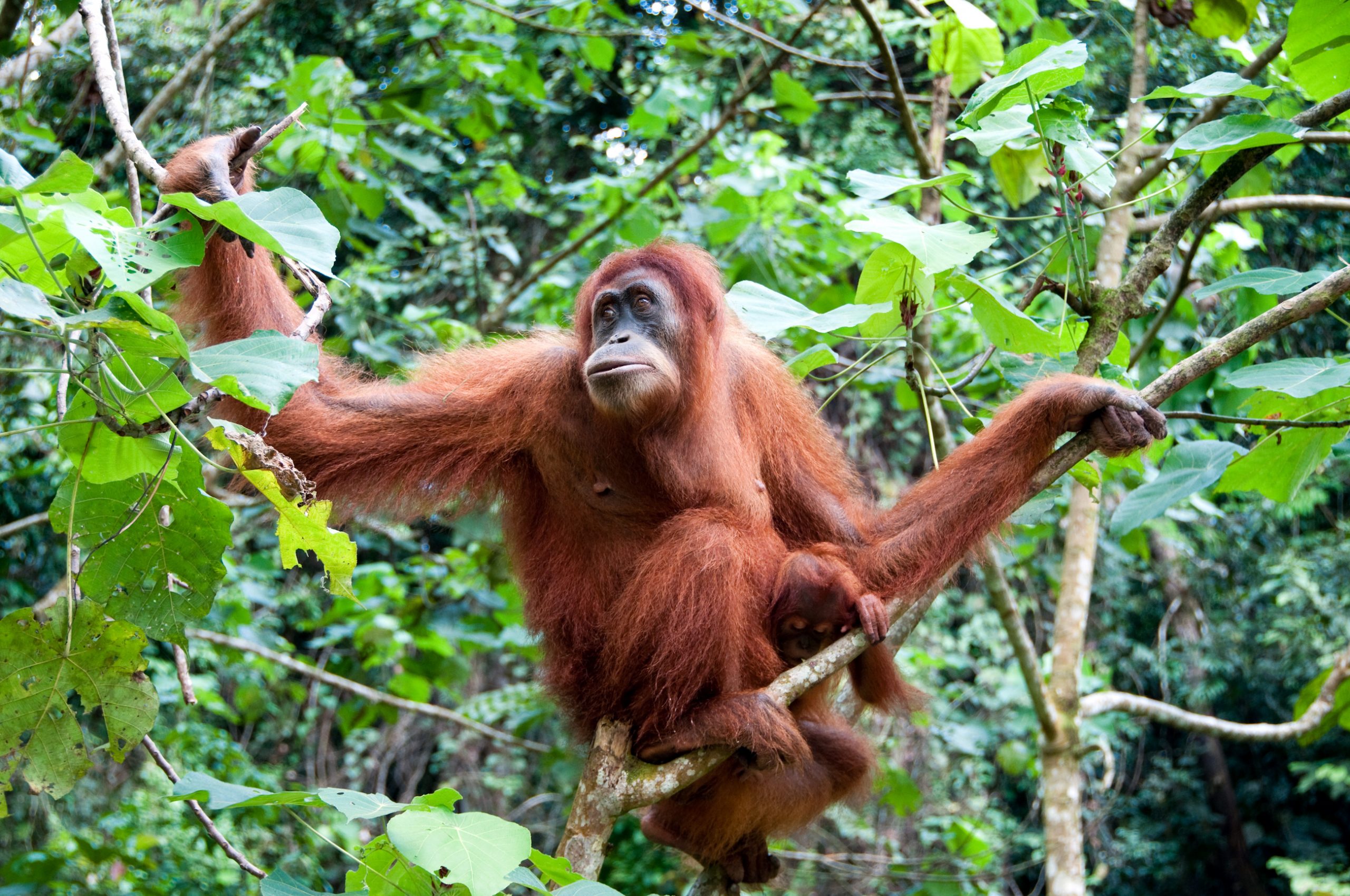
Orangutans have 32 teeth, the same amount as humans.
Young orangutans are often targeted by the illegal pet trade, leading to the tragic killing of adult orangutans that try to protect their young.
Despite their size, orangutans are not aggressive. They often avoid conflict and confrontation.
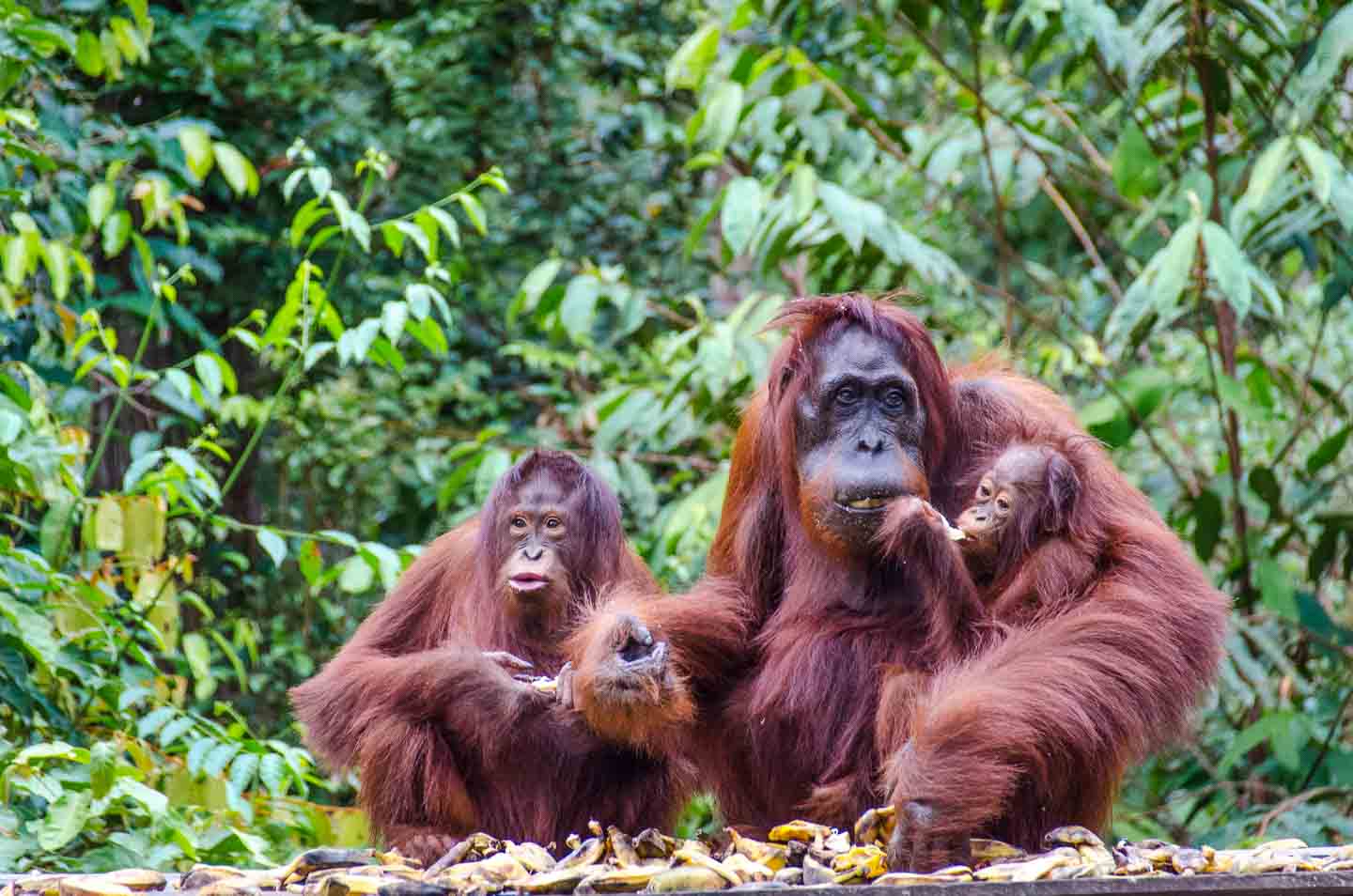
Orangutans are the world’s largest arboreal mammals.
They have an incredibly strong upper body. Orangutans have arm spans of up to 7 feet and can move through trees by hanging from branch to branch.
Conservation organizations around the world are working to protect and preserve orangutans and their habitats, including through the establishment of wildlife sanctuaries and rehabilitation centers.
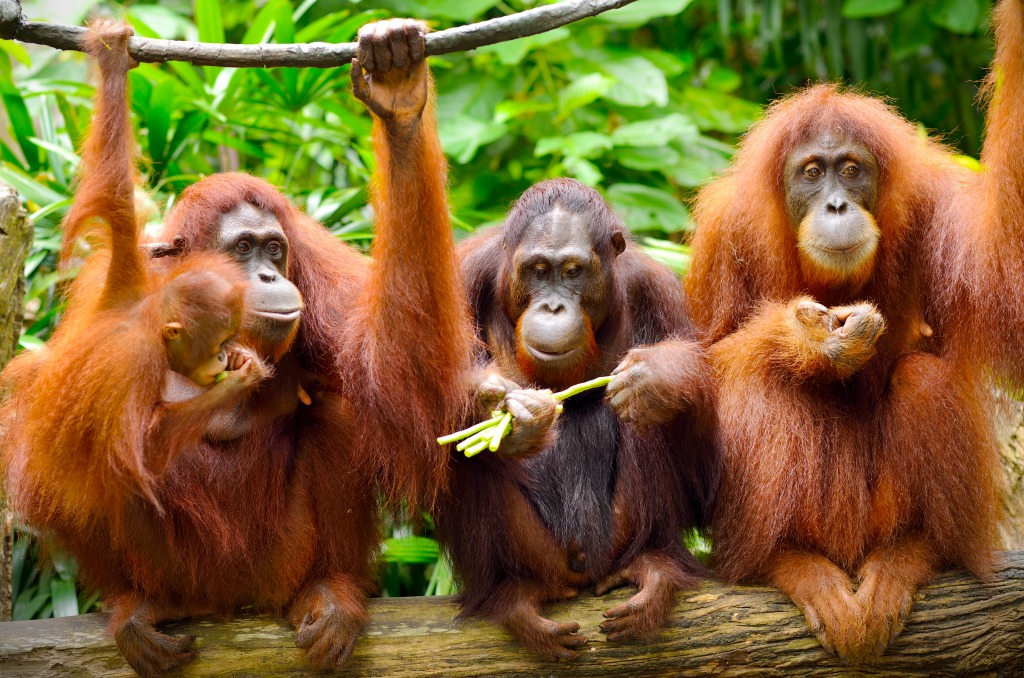




Related Posts
7 Interesting Facts About Running
7 Health Benefits of Laughing
5 Brilliant Facts About Rhinoceros Beetles